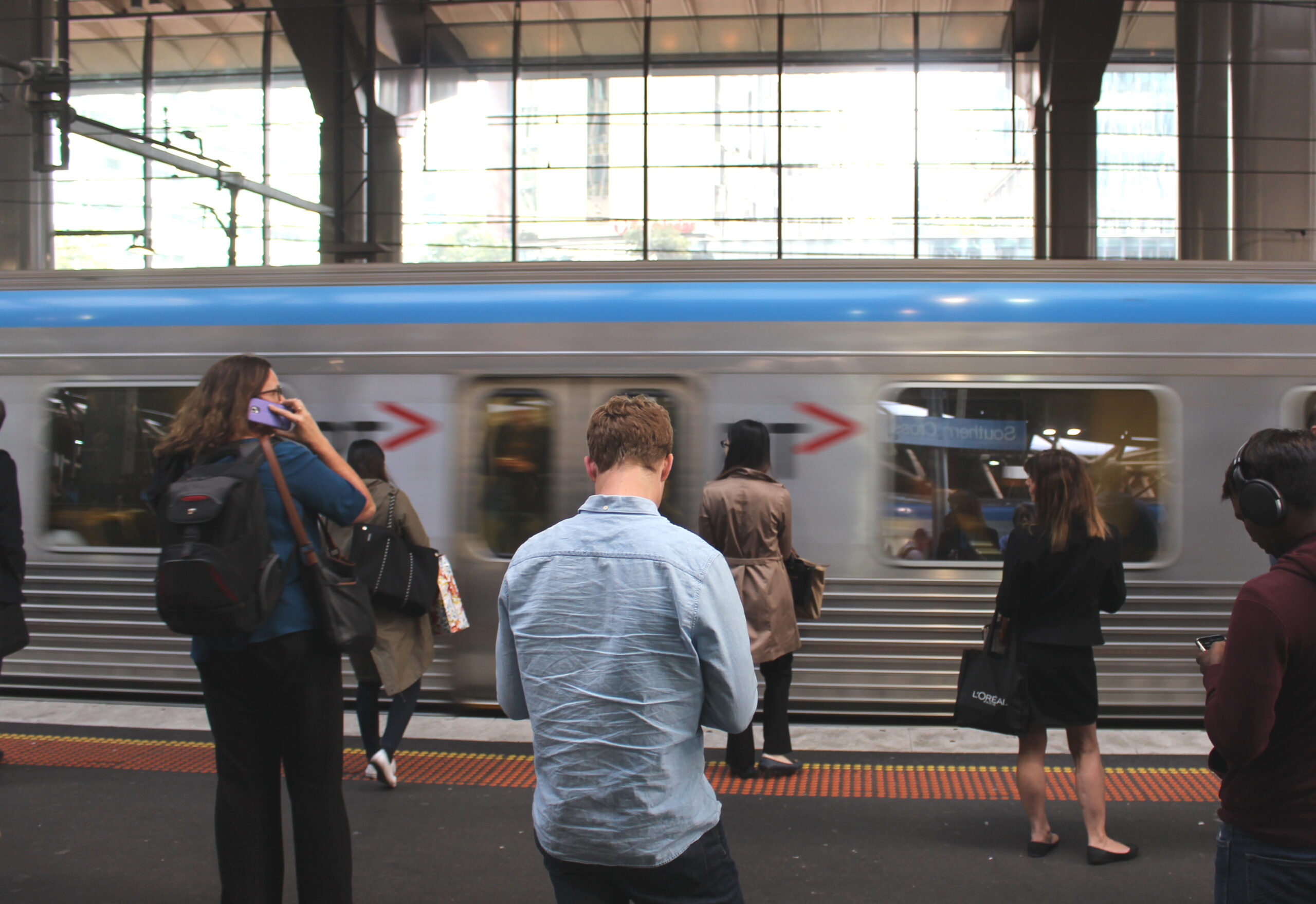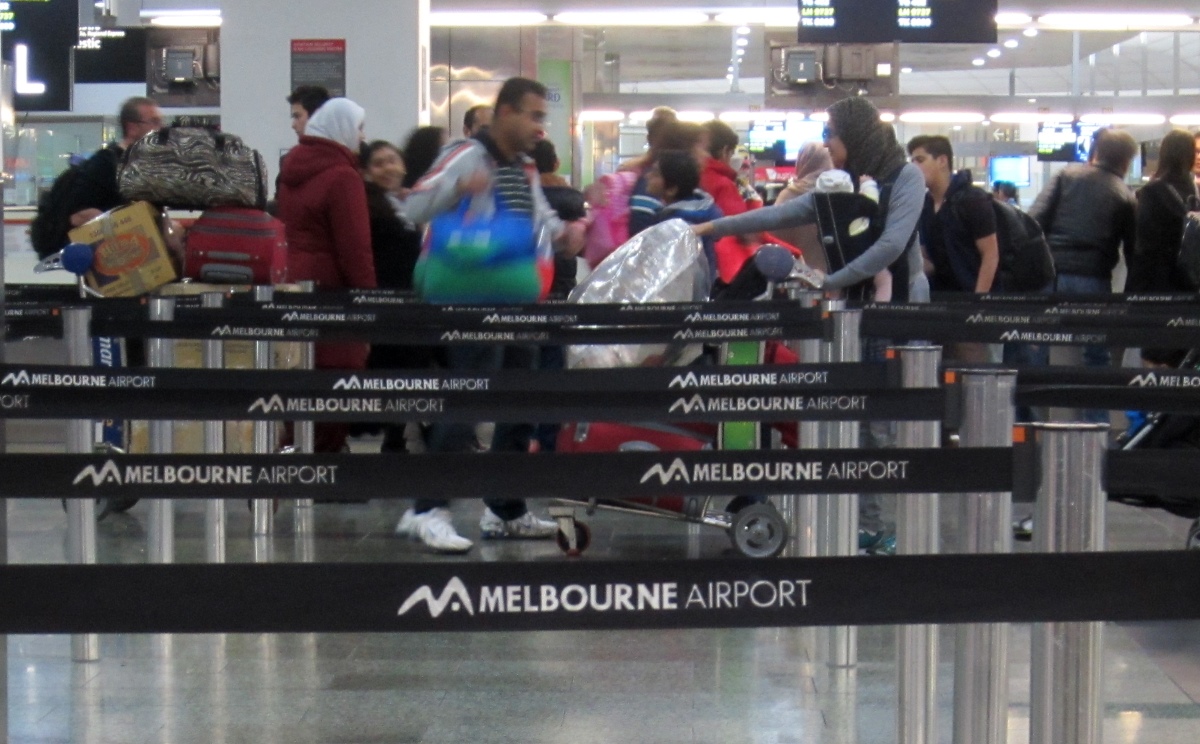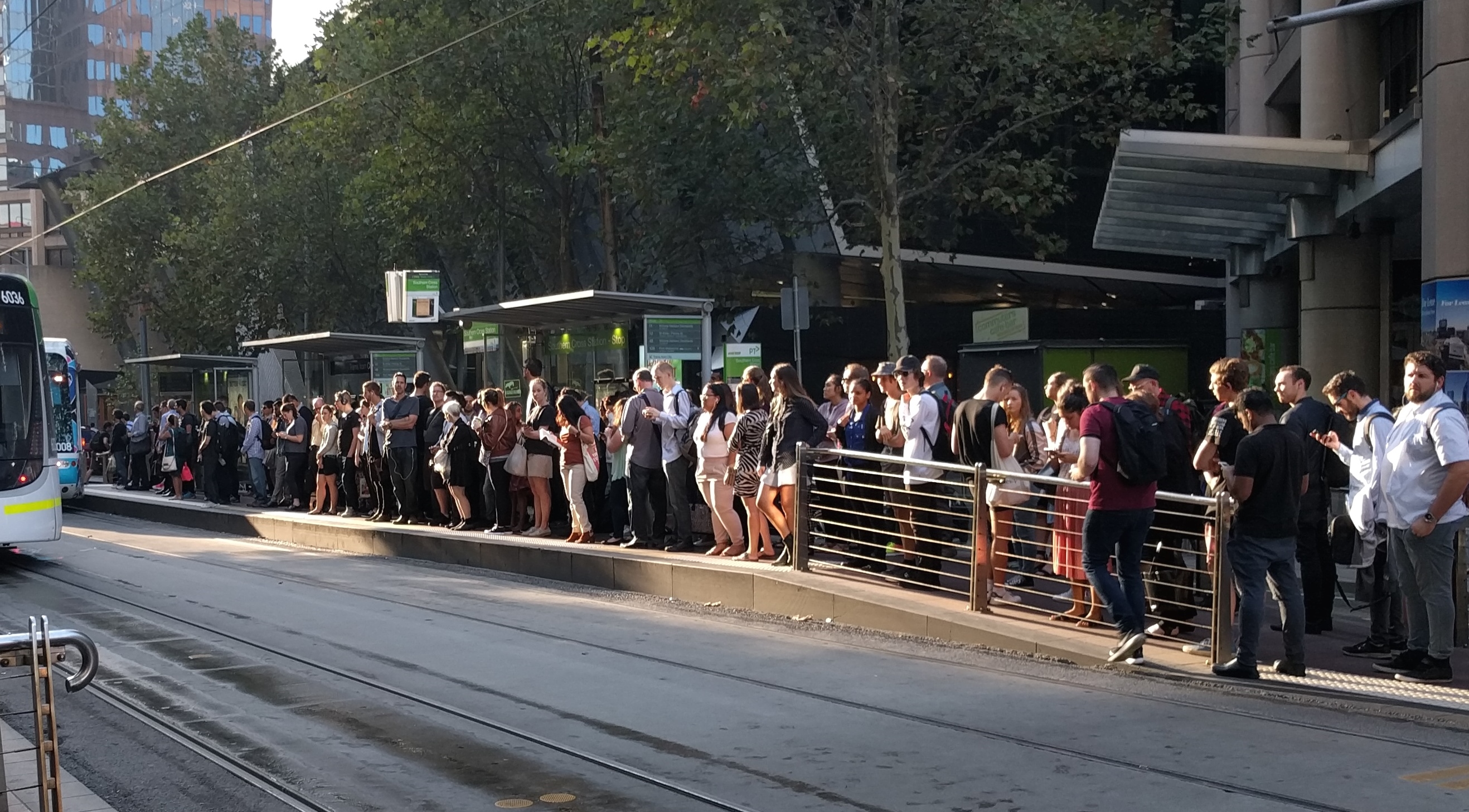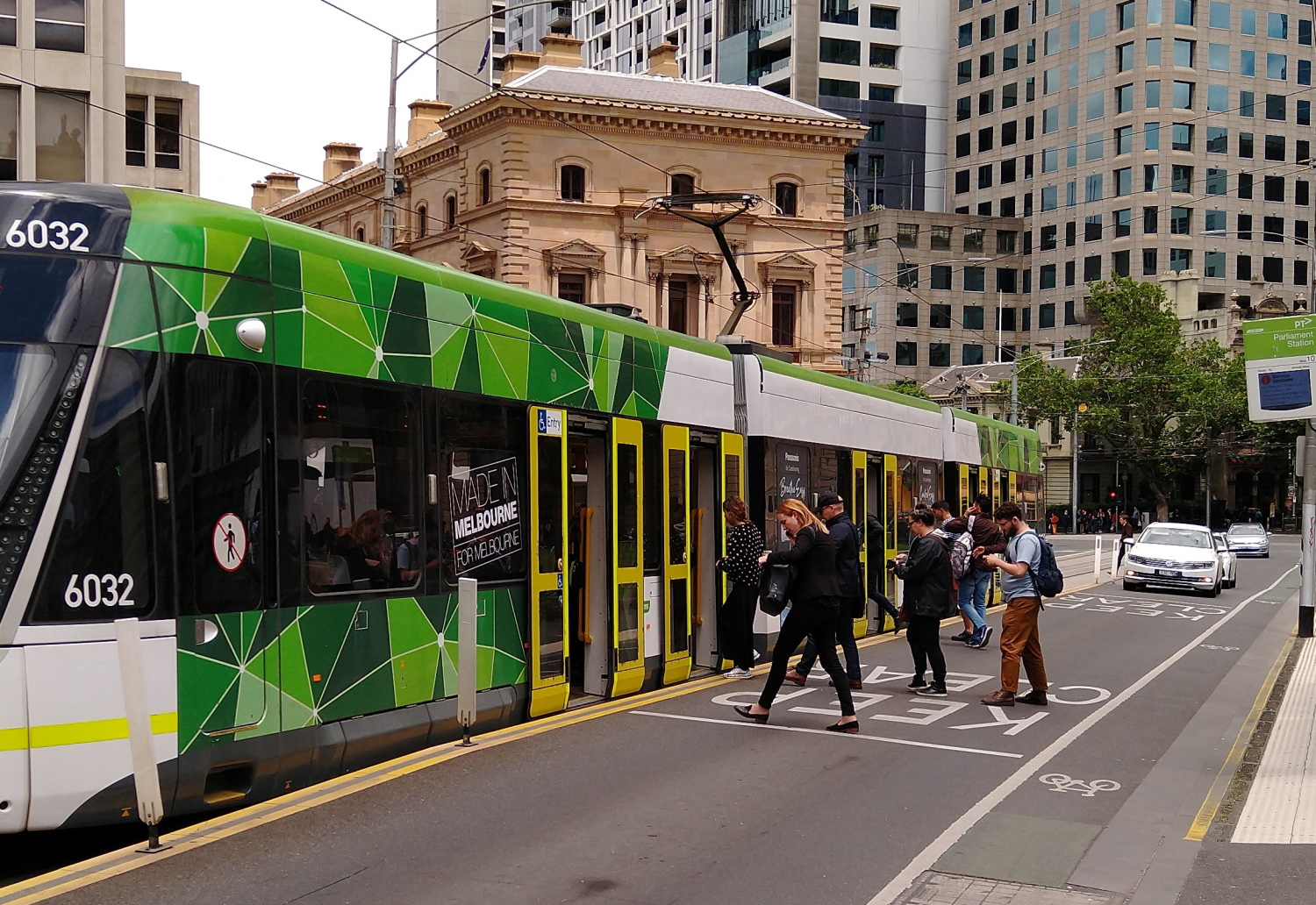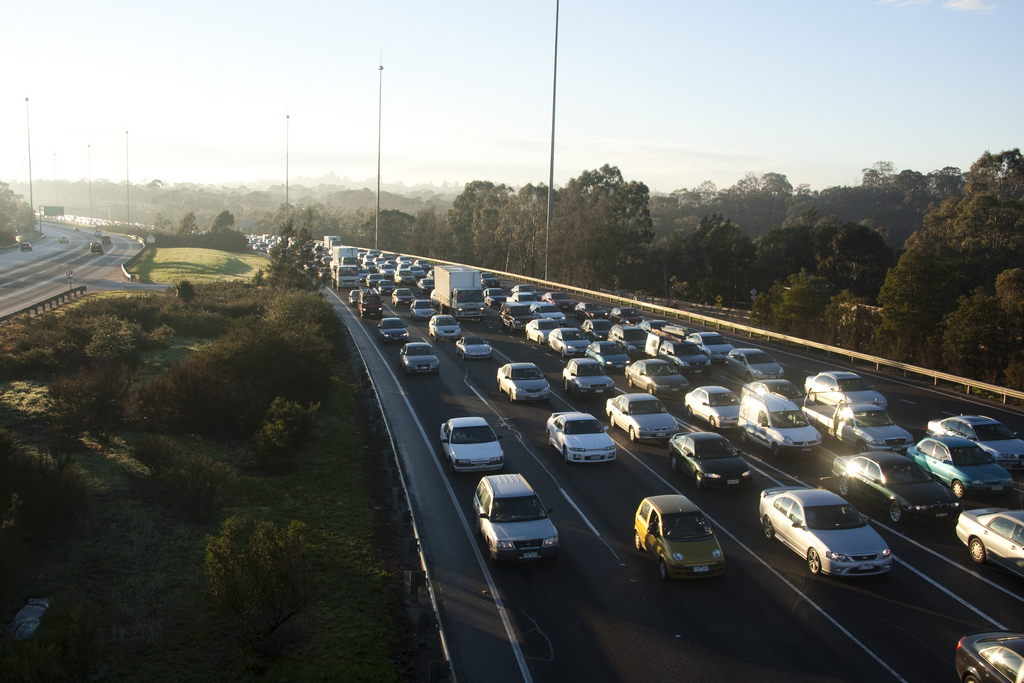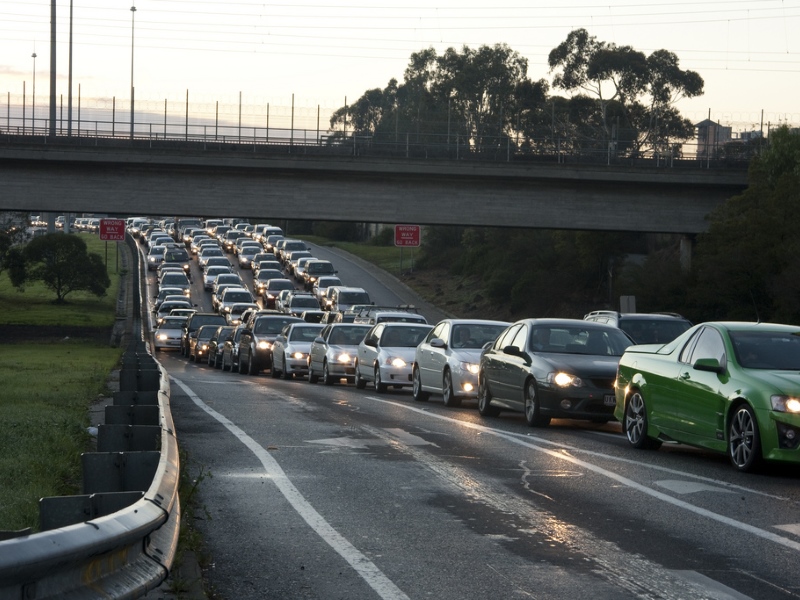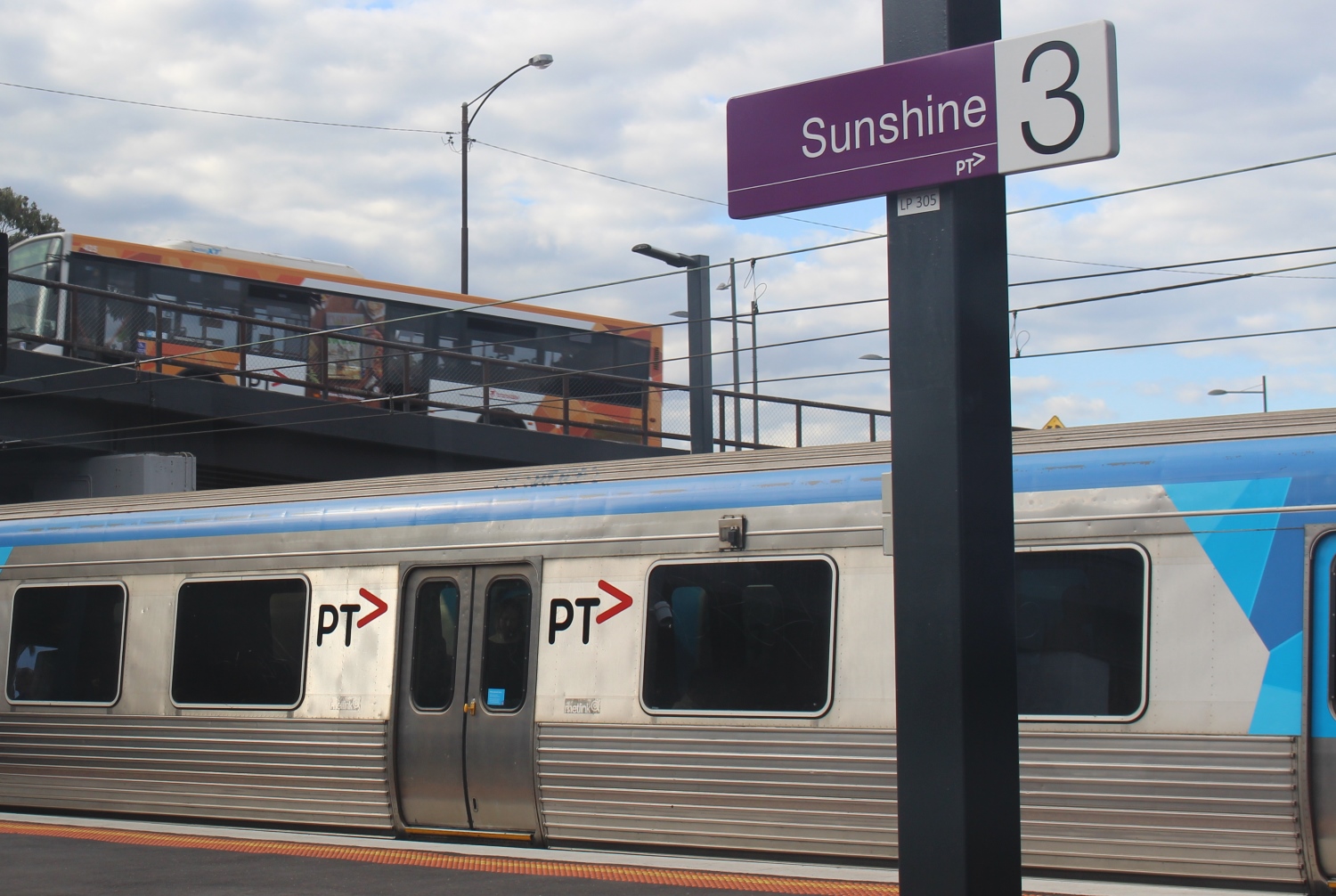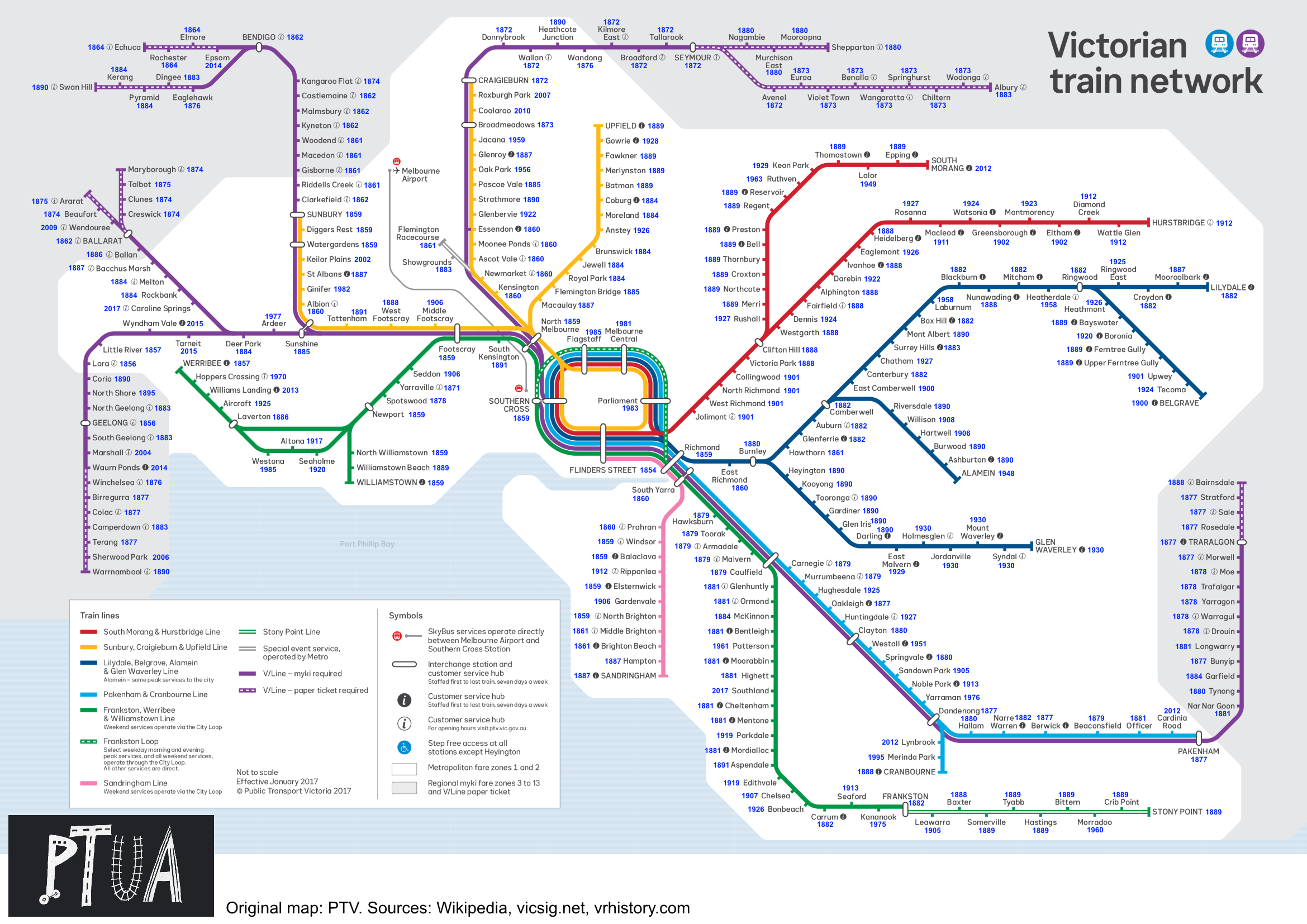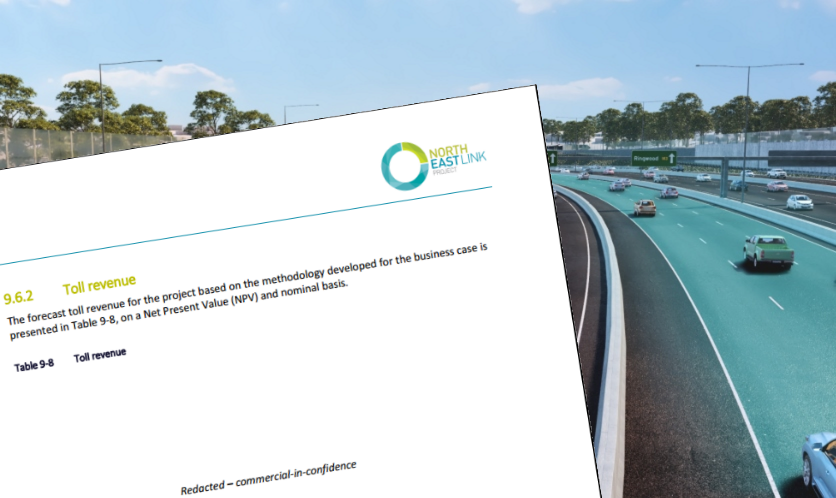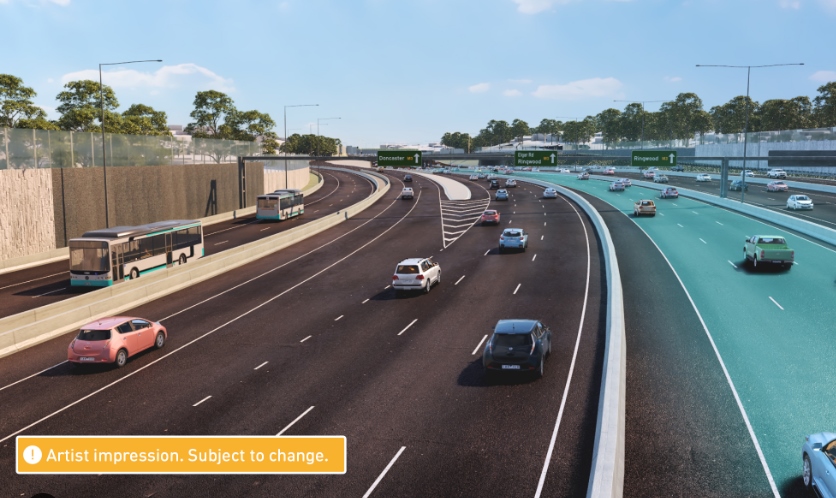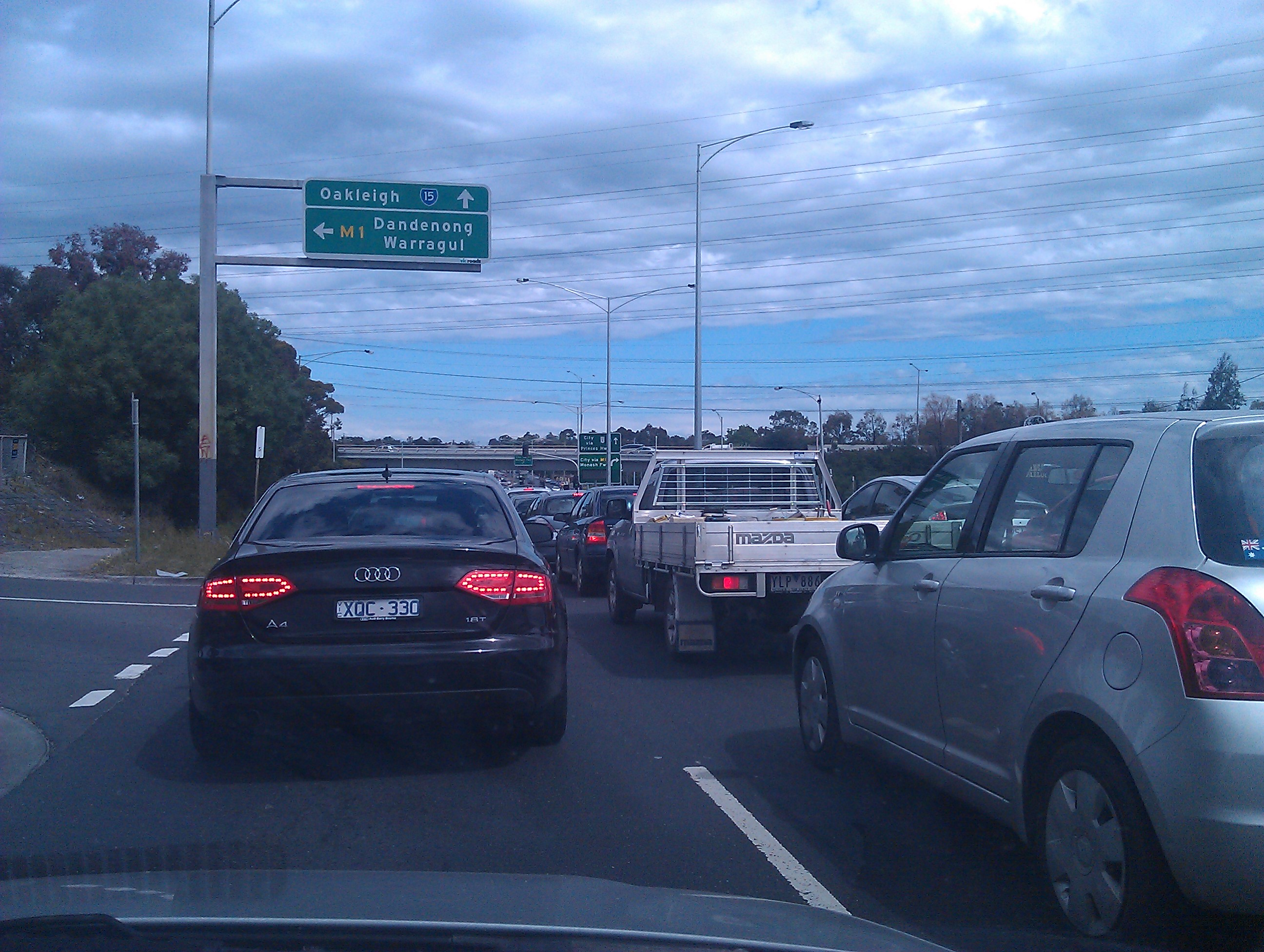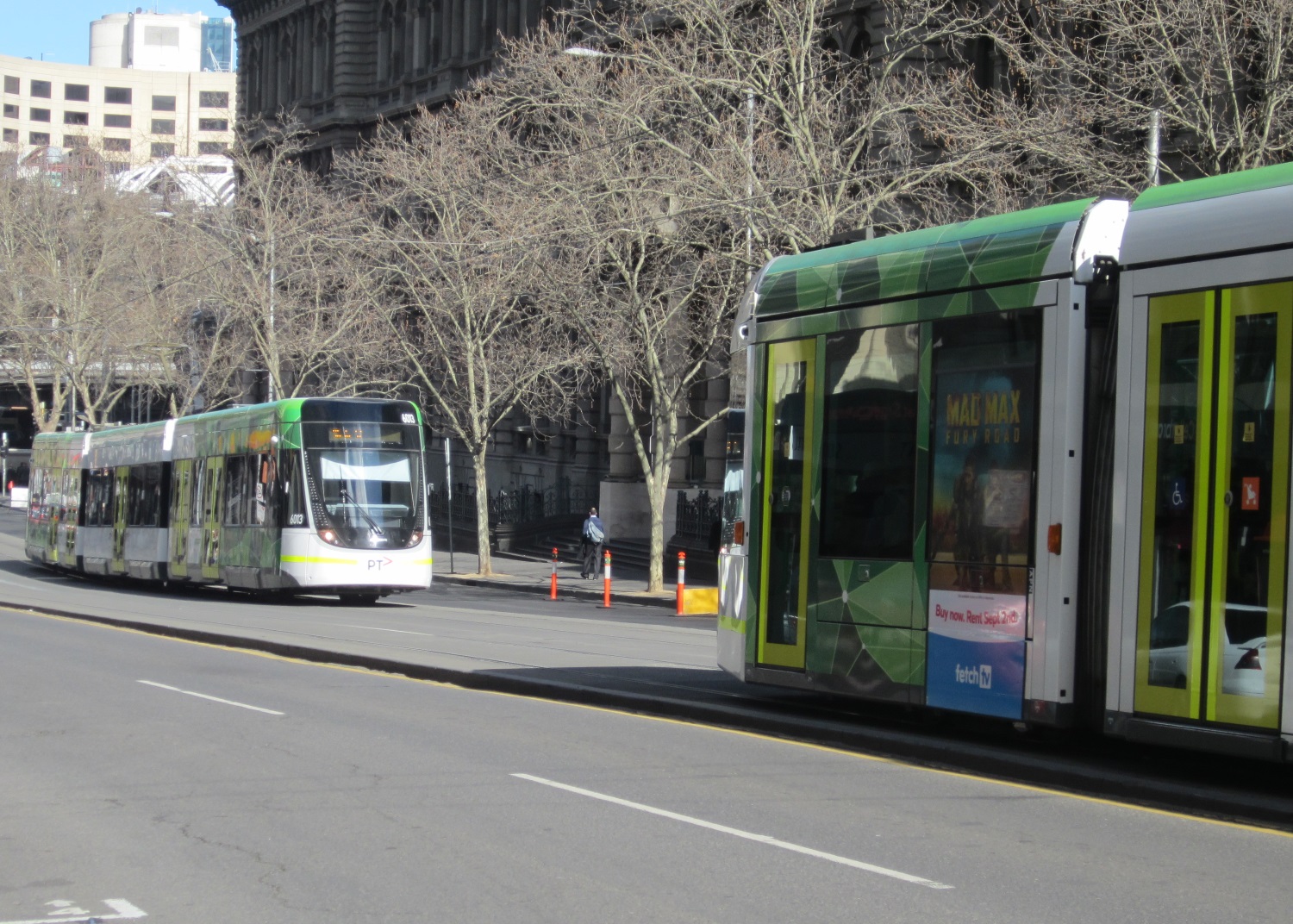Category: Melbourne and suburbs
-
Planning confusion sells Melbourne’s west, air travellers short
Statement by the Public Transport Users Association The Public Transport Users Association is concerned at recent commentary on new rail developments in Melbourne’s west, specifically the promised rail link to Melbourne Airport, and the implied pressure to rush into major decisions in the absence of a comprehensive plan for public transport development. At a high…
-
PTUA opposed to expansion of the Free Tram Zone
PTUA does not support the Free Tram Zone, due to the problems it causes, including crowding, and the lack of benefits it provides to paying public transport users. We also do not support the Zone being extended. Data indicates the Free Tram Zone has increased tram usage at the expense of “active” modes (walking and…
-
Enough is enough: Time for Tram Cams to stop dangerous motorists
The Public Transport Users Association (PTUA) has called for tram cams, and stronger enforcement of road rules to improve tram passenger safety. Australian road rules state that motorists are required to stop when trams stop, to allow passengers to board and alight safely.[1] “This is a rule often broken, with potentially fatal results”, said PTUA…
-
Melbourne transport still shaped by 50 year old plan – time for a rethink
December 2019 marks the 50th anniversary of the 1969 Melbourne Transportation Plan [1]: a radical exercise that sought to reshape Melbourne at vast expense, from a ‘garden city’ with well-used public transport, to a car-dominated sprawling ‘doughnut city’ based on a Los Angeles-style grid of freeways. PTUA spokesperson Daniel Bowen said that while other transport…
-
Eastern Freeway rail corridor is what merits protection
Protect Hamer legacy of provision for rail in freeway median: PTUA According to the Public Transport Users Association there is only one aspect of the Eastern Freeway that merits heritage protection, and that is the unique design features included by the Hamer Government to ensure a train line could be easily installed in the corridor.…
-
Rail cash welcome, but for Melbourne’s sake we need a plan
The $10 billion pledge by Federal Labor toward Melbourne’s Suburban Rail Loop is a massive vote of confidence in restoring Melbourne’s reputation as a liveable city and responding to the climate emergency, but the size of spending underscores the urgent need for a coherent, community-led transport plan, according to the Public Transport Users Association. The…
-
What year did your railway station open?
What year did your local station open? Before you were born? Probably before your grandparents were born! Our population is growing, and our public transport network needs to keep growing too. Click here to view the map larger. The rail network grew rapidly between 1854 and 1930… but since then almost nothing. Expansion of rail,…
-
PTUA welcomes rail investment in Ballarat
The Public Transport Users Association has today welcomed the government’s announcement of the details of a $130m project to untangle freight and passenger services in Ballarat. The project will largely separate freight and passenger trains west of Ballarat station, and upgrade the signalling system in the Ballarat area, to allow for more efficient movement of…
-
Magic numbers distort North East Link business case
Cost and benefit figures presented in the North East Link business case by the Victorian Government suggest a “massive shifting of the goalposts” in an effort to make the $16 billion project stack up, according to a preliminary analysis by the Public Transport Users Association. “Comparing these new figures with those presented just 18 months…
-
North East Link plans to kill off Doncaster rail forever
The Public Transport Users Association says that detailed design plans for the North East Link and its accompanying busway include taking over the median reserve for additional car lanes. This will ‘kill stone dead’ any long term plan for trains to run to Doncaster, according to the PTUA. “What’s being proposed is a radical reorganisation…
-
Show us a plan, and don’t neglect local services, says PTUA
The Victorian Government needs to show the public an integrated plan for moving people and freight. But the government also needs to match its busy infrastructure programme with a commitment to frequent local public transport service, the Victorian Transport Infrastructure Conference heard on Thursday. According to a presentation by Dr Tony Morton, President of the…
-
Care urged on Rowville tram proposal: avoid rushing into half measures, says PTUA
The Public Transport Users Association has cautiously welcomed a proposal to develop a new tram line connecting Rowville to Caulfield railway station via Chadstone Shopping Centre. But the PTUA is concerned the project could leave the community worse off in the longer term by precluding a conventional train line along Wellington Road. “The previous government’s…
